E-sak Ka Ou Declaration on Indigenous Peoples’ Rights and Climate Action
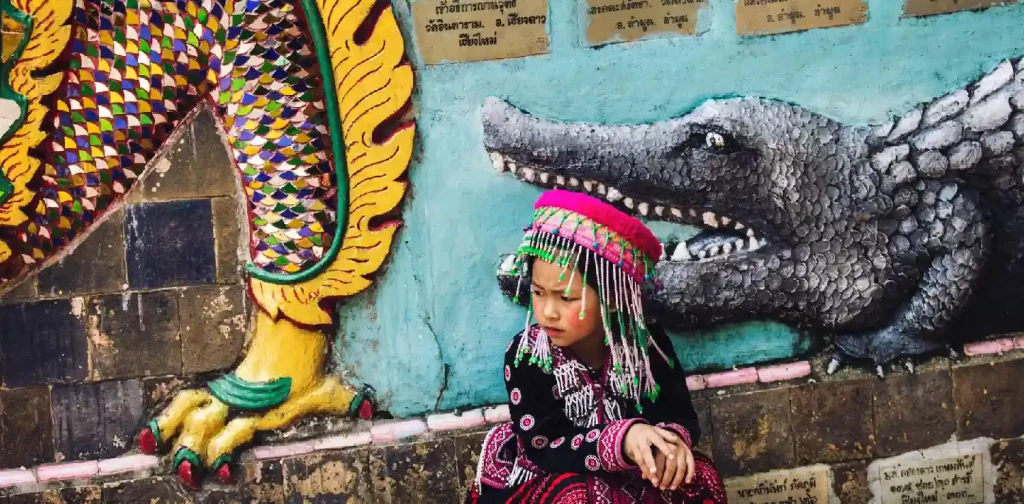
Photo: Dani Aláez on Unsplash.
Environmental degradation in recent decades has made the world turn back to a concept that has been true all along: Indigenous Peoples as stewards of the land. In this light, Indigenous communities in Asia released the E-sak Ka Ou Declaration, addressing the rights of Indigenous Peoples and climate action.
E-sak Ka Ou Declaration
“E-sak Ka Ou” literally means the gill of the Manta ray. It is a term used by the Urak Lawoi, referring to where their ancestors first built their lives on Lanta Island in Krabi, Thailand. The Krabi Province was also where the E-sak Ka Ou Declaration was developed at the Asia Regional Conference on Indigenous Peoples’ Rights, Biodiversity, and Climate Change in November 2023.
The Declaration involves 47 delegates representing Indigenous communities and development organizations from 11 countries. The list includes the Asia Indigenous Peoples Pact (AIPP), the Center for Indigenous Peoples’ Research and Development (CIPRED), the National Indigenous Women’s Federation (NIWF), and others.
In short, the E-sak Ka Ou Declaration is “a statement of our collective position as Indigenous Peoples towards seeking collaborative solutions to the urgent concerns and issues confronting us and the whole of humankind.”
Indigenous Peoples and Climate Action
The document opens with a preamble from Joni Odochau, “Life and land are the same.”
Essentially, the E-sak Ka Ou Declaration calls for the acknowledgment and protection of Indigenous Peoples’ rights so they can fulfill their role in taking care of people, the planet, and their cultural heritage.
The Declaration emphasizes the need for a whole-of-society approach to climate action. This includes the effective and meaningful participation of Indigenous Peoples in decisions concerning climate change and biodiversity.
It calls for establishing a dedicated space for Indigenous Peoples – including Indigenous women, youth, and people with disabilities – at the policymaking level, such as in the development of the National Biodiversity Strategies and Action Plans (NBSAPs). This space would also extend to implementation, monitoring, and reporting.
Furthermore, the Declaration highlights the importance of capacity building. It also demands support for the nurturing and intergenerational transfer of Indigenous knowledge on their own peoples and the ecological and environmental balance.
Framework Transformations
Despite the adoption of the Kunming-Montreal Global Biodiversity Framework, the Declaration notes that national laws and frameworks on protected areas still hold “the colonial legacies of the fortress approach to conservation.” These practices mostly fail to recognize Indigenous ownership over territories and resources. Therefore, they tend to violate Indigenous Peoples’ rights, criminalize the defenders, displace Indigenous communities, and disregard Indigenous conservation practices.
Therefore, the existing frameworks on climate action and biodiversity must change to address the harms done to Indigenous communities across the globe and ensure their active participation. The Declaration also calls for the establishment of financing mechanisms that would support these efforts, including a dedicated fund for the severe economic and non-economic loss and damage Indigenous Peoples experience due to climate change.
Read the full document here.
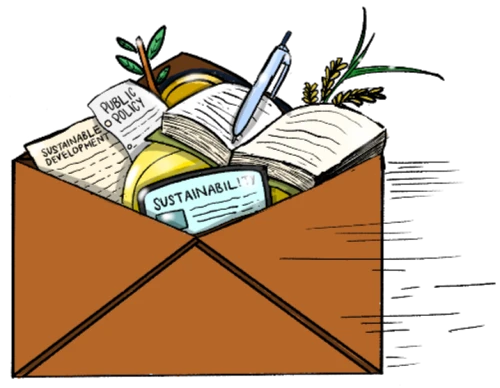
Subscribe to Green Network Asia
Strengthen your personal and professional development with cross-sectoral insights on sustainability-related issues and sustainable development across the Asia Pacific and beyond.
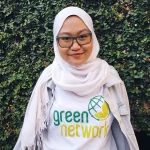
Nazalea Kusuma
Naz is the Manager for International Digital Publications at Green Network Asia. She once studied Urban and Regional Planning and has lived in multiple cities across Southeast Asia. This personal experience has exposed her to diverse peoples & cultures and enriched her perspectives. Naz is an experienced and passionate writer, editor, translator, and creative designer with a decade worth of portfolio.


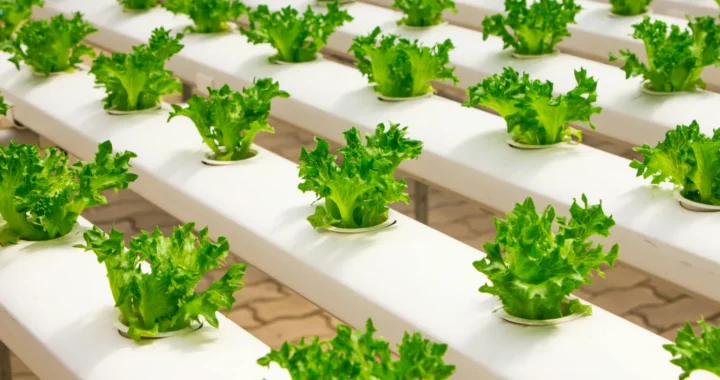 How Plant the Emirates Aims to Support Food Self-Sufficiency in the UAE
How Plant the Emirates Aims to Support Food Self-Sufficiency in the UAE  GRI’s Updated Sustainability Standards on Climate Change and Energy
GRI’s Updated Sustainability Standards on Climate Change and Energy 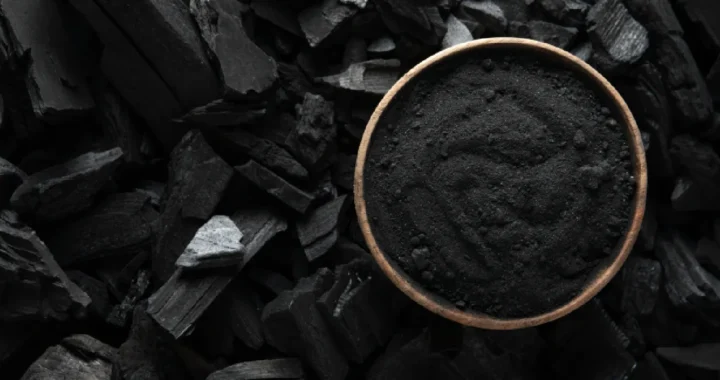 Looking into Biochar as a Bioremediation Agent
Looking into Biochar as a Bioremediation Agent 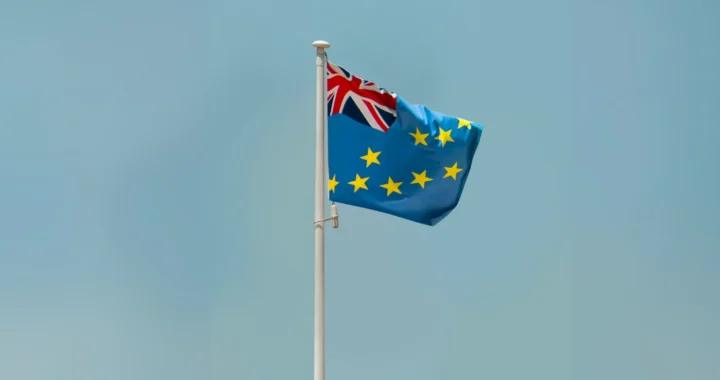 Australian Climate Visa for Citizens of Tuvalu: Showcasing cross-border partnership in light of the climate crisis
Australian Climate Visa for Citizens of Tuvalu: Showcasing cross-border partnership in light of the climate crisis 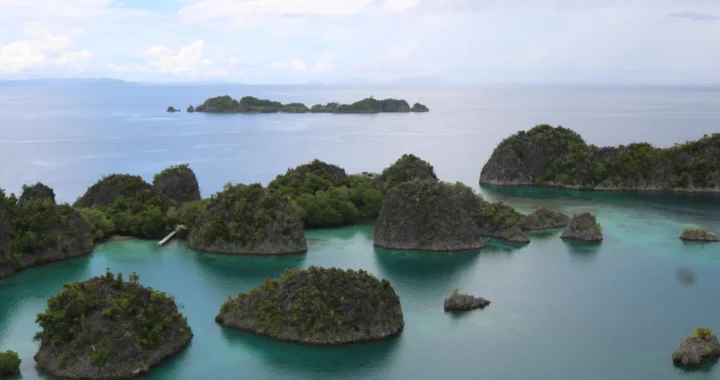 Nickel Mining in Raja Ampat and the Widespread Cost of Natural Resource Exploitation
Nickel Mining in Raja Ampat and the Widespread Cost of Natural Resource Exploitation 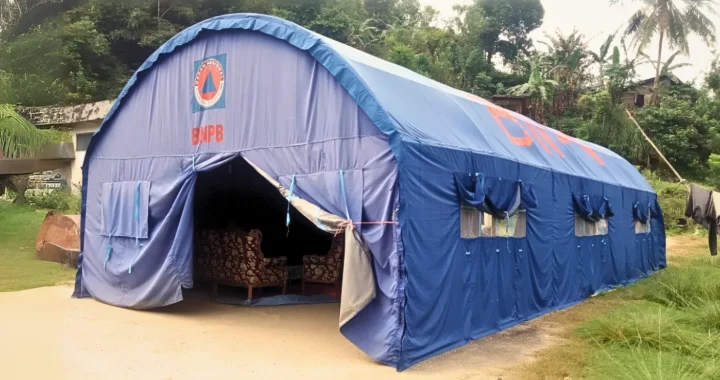 Lumbung Sosial: Challenges and Opportunities of Indonesia’s Social Barn Program
Lumbung Sosial: Challenges and Opportunities of Indonesia’s Social Barn Program